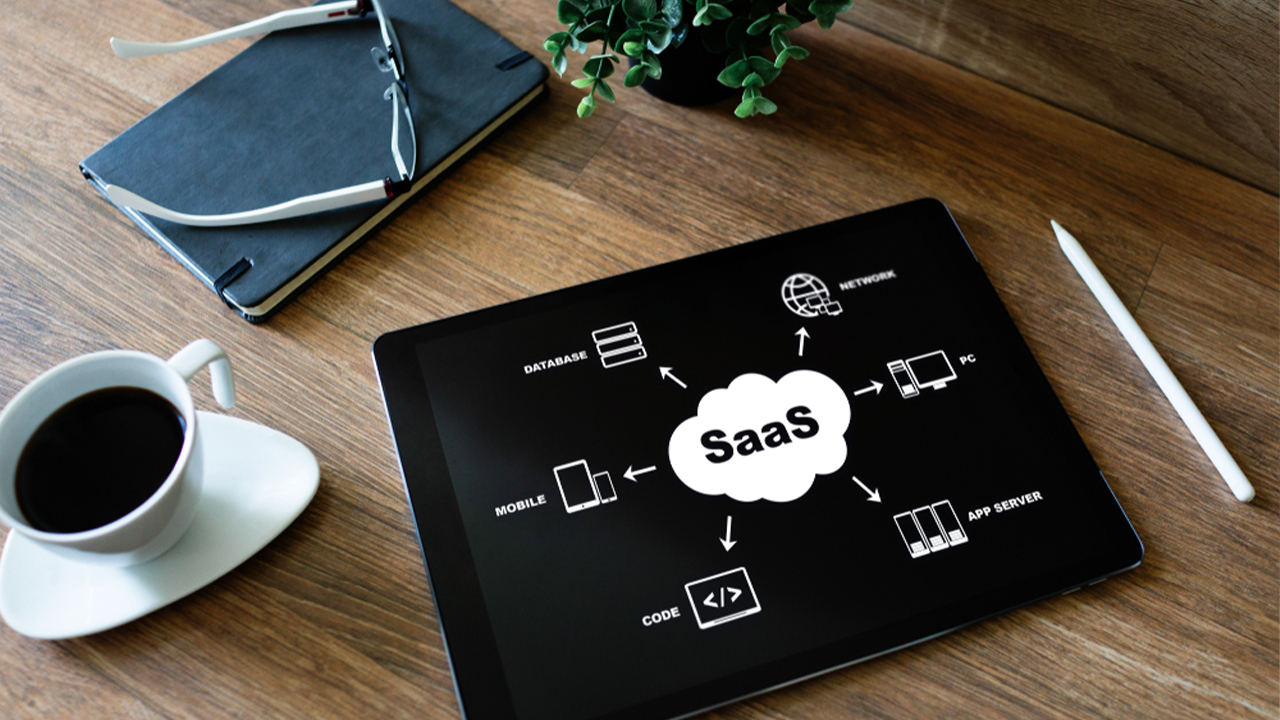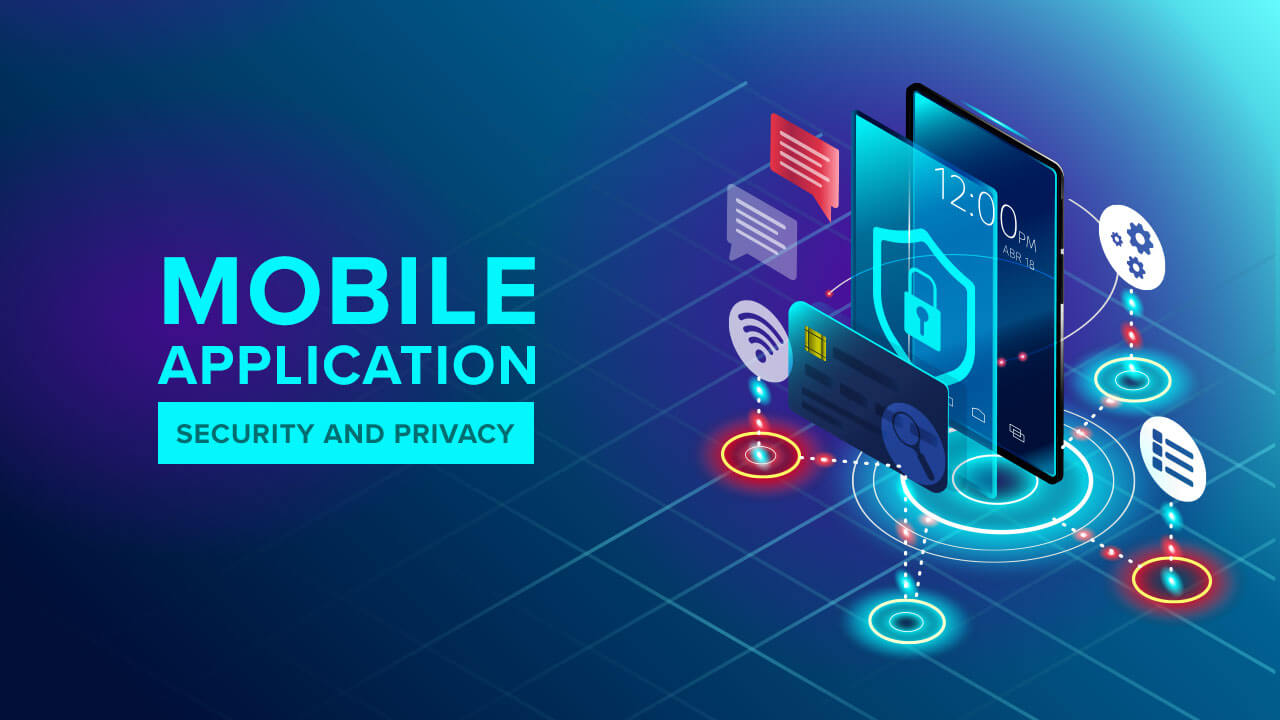
A Technical Checklist for Optimizing Mobile App Security, Performance, and UX
An increase in the usage of the internet has also increased mobile phone usage. Mobile phones have become handy devices that make our life easy. This mobile phone contains various applications used for different purposes from entertainment, games, social media to banking, education, health, etc. Millions of applications are already available in the internet world, so it is not an easy task to develop a successful app. This document contains important checklists to be considered before developing a mobile application to make this task easier.
Mobile App Development Checklist
Mobile application development can be divided into three stages: planning, development, and execution.
Planning Phase
-
Define The Objective of The App
The first and foremost step in application development is to have a clear picture of the objective of the application. This helps to create unique features in the app. This step aims to identify if any other app with a similar objective is already in existence. Even if there are similar apps, you should have a special feature to attract users. Otherwise, creating a similar app will be a waste of resources. It is also important to consider that there should be a need for such application in the market.
-
Find The Intent of The Audience
The next step is to find the intent of the users. It is indispensable to consider the target audience. A mobile application will be a complete failure if it does not match the need of the users. The target audience should be analysed before developing an app, and this can be done by surveying the intended audience. Various parameters such as age, gender, user’s expectation, area of interest, etc., can be analysed during a survey. This makes sure that the app’s objective coincides with the requirements of the users. It also helps to include additional features in the app to be ahead of the competitors.
-
Estimated Budget and Timeline
The cost for app development differs based on the complexity of the applications. They can be divided into simple, medium, and large based on their features. The more the number of features, the higher will be the cost. So, it is essential to estimate the budget of the app upon which future decisions can be made. In case of a constrained budget, it will be a smart move to concentrate on key functions and include other additional functions in the future.
Another important aspect is to fix the time limit. The timeline should be neither too long to stagnate the work affecting the development nor too short of pressurizing the development team that quality of work and increases developmental cost. The time limit is directly proportional to the app development cost.
-
Technology To Create the Application
If all the app features are finalized, then it is time to decide over the technologies required to develop the intended application. It involves various criteria such as the targeted platform, device integration, technology stack, storage facility etc. The application could be either hybrid or native, depending upon the platforms they are designed for. The native apps are designed only for one operating system (Android or IOS), whereas the hybrid apps are designed for both (Android, IOS). Even though the native app looks economically feasible, the future expansion of the application to another platform will cost double the amount of a Hybrid app. Also, hybrid apps have the advantage of reaching more users. There are a few points to be considered before finalizing the technologies to be used in the application.
- The app can be either Native or Hybrid based on their operating system.
- The app integration of the application with the devices it will be used.
- The application data storage is very important as it will contain user details. So, think carefully about the app’s storage facility (traditional or cloud infrastructure).
- Choose the suitable technology stack for which the app should be designed. It is based on the needs, available budget, and application compatibility. Example: MEAN stack, LAMP stack, Ruby on rails stack, Serverless stack, etc.
Development Phase
-
-
User Interface (UI)
After all, the user interface in the application is the one that attracts the people more. It is mandatory to have a smooth user interface for the app’s success. The UI can be designed by considering a few aspects such as,
- Orientation of the application (portrait or landscape).
- Easy transition between different orientations.
- A wireframe design for the application.
-
Application Prototype
With the completion of the pre-requisites, next comes the development phase. In this phase, the initial stage is to create a prototype for the intended application. It is designed by the app development team based on the above-discussed criteria such as the objective, budget, time, technology, and User Interface (UI). The prototype is created to show how the app will work. It could be done through either primary sketching or advanced wireframe, which gives better visuals.
-
Designing Stage
The next step is to start the design work of the application. The UI/UX designing process, which includes branding, design, usability, and function, is used in the designing phase. This stage is a face shift from an idea to a real product. The application should be designed based on the objective. Apart from the app’s concept, the application’s design encourages more people to use it. The apps without a smooth interface are immediately turned down by the users. Therefore, the app’s design should be simple and user-friendly yet does its intended job. The UI/UX design includes visual aspects such as navigation layout, buttons, texts, icons, colours, etc. The design varies for each application platform (Android and IOS).
-
Development Of the App
It is the stage in which the most significant part of the app development takes place. Hence, it has a high weightage in creating an app. It involves coding for the application upon which the app’s front-end and back-end programs take place. The app design can be based on the agile methodology for better application output. The app should be designed to handle the in-flow of the data. As coding is the most difficult task, it is the right time to decide whether to develop an in-house app or hire a mobile app development company to do the job. Several technologies, such as Android NDK, JAVA, Swift, React Native, Iconic, etc., are used in the coding for the app.
-
Adding Security Features
Having security features in the design is as important as the application’s development phase. At the initial stage, investing in security might be looked at as a burden in the budget. In the long run, a lack of security in the application will lead to serious cyber threats. Many hackers are out there waiting to use the vulnerabilities in mobile applications to steal user data. It will result in a loss of reputation and trust among the users, which is very hard to regain. Therefore, required security protocols and practices should be implemented to avoid the possibility of a data breach.
-
Testing
Any application should undergo extensive testing before it can be launched for real users. This testing phase helps to identify the application’s functional flaws and design bugs errors in real-time. The testing can be carried out either in a closed environment in the lab or in an open environment within the company to track the working of the User Interface for a smooth experience. It also includes testing with fake cyber threats to check the application’s security. The API (Application Programming Interface) testing practice and tools can test the functionality, reliability, performance and security of the application.
-
Execution Phase
-
Devise A Solid Marketing Plan
The most important part of app development is a clear marketing strategy. Marketing is how the users will be aware of the app while the companies can monetize them. Deploying an app without proper marketing will fail in the application. Following steps can be taken to popularise the app and earn from it,
- Advertising the app through social media platforms can help reach more target users.
- The social media platforms can be integrated into the app, if possible, leading to the sharing of an app on various social media platforms.
- The in-app purchase can be included to monetize the app, which encourages the customers to pay for using additional features in the app. The other options may include subscription services, in-app advertisement, paid download, etc., based on the app’s intent.
-
Deployment And Maintenance
It is the phase in which the application is prepared for the real-time user experience. The apps can be deployed in a single platform or on both the platforms, such as Android and IOS. The deployment of the application is not a one-time process. It requires regular app testing even after the deployment and to modify the app in case of any crashes or security. It is also important to update the application regularly to better compatibility with the operating system of the devices.
Conclusion
The application building requires proper planning and execution to avoid any defects in the mobile. This can be done easily using the perfect app development checklist. Having a good mobile app development checklist helps create a better application for the users. It is not only useful in development but also in publishing and maintaining the application.


